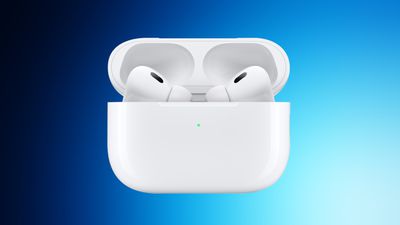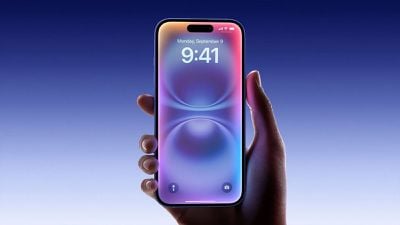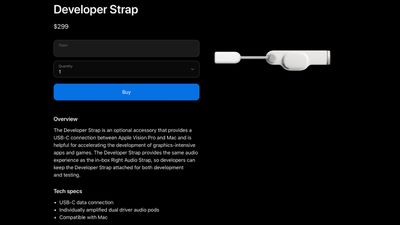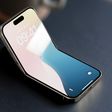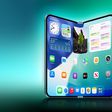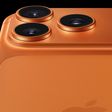Apple today opened its broadest legal attack yet on the European Union's Digital Markets Act (DMA), telling the EU's second-highest court that the new competition regime unlawfully compels changes to the iPhone, the App Store, and iMessage (via Bloomberg).
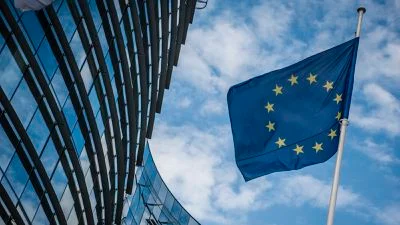
Apple's arguments were delivered before the General Court in Luxembourg. The company claims that the DMA, which came into effect in 2023, imposes obligations that are incompatible with protections of security, privacy, and property rights under EU law. Apple told the court that the law places "hugely onerous and intrusive burdens" on designated gatekeepers, which include Apple, Alphabet, Meta, Amazon, Microsoft, ByteDance, and Booking. Apple is the first U.S. company to mount a full-scale merits challenge to the framework after TikTok's earlier defeat.
The DMA requires big tech companies like Apple to make core services interoperable with rivals and to loosen business model restrictions, with the aim of preventing firms from leveraging dominance in one market to entrench power in another. In its filing, Apple contests three designations or decisions linked to that law.
Firstly, it challenges obligations that would require iPhone hardware and services to interoperate with competing devices such as earbuds or smartwatches. Apple argues that mandated interoperability with unknown or unvetted hardware classes could undermine user security safeguards, violate intellectual property protections, and diminish privacy controls that are central to iOS's security architecture.
Secondly, Apple disputes the inclusion of the App Store as a covered service under the DMA. EU regulators previously found that Apple's control over app distribution confers structural gatekeeper power, and in April they issued a €500 million fine for violating anti-steering provisions relating to purchases outside Apple's system. Apple is challenging both the designation and the penalty in separate cases. The company says that the App Store should not be treated as a single unified service for the purposes of the DMA and therefore should fall outside the statute's scope.
Thirdly, Apple challenges the Commission's move to probe whether iMessage should have been deemed a covered service. The Commission ultimately decided not to subject iMessage to full DMA obligations because the service does not directly produce revenue for Apple. Apple maintains that initiating that inquiry was itself procedurally improper.
Commission lawyer Paul-John Loewenthal argued that Apple has constructed an exclusionary position by maintaining unilateral control over the iPhone platform. He told judges that Apple's "absolute control" allows it to extract "supernormal profits in complimentary markets where its competitors are handicapped," adding:
Only Apple has the keys to that walled garden. It decides who gets it and who can offer their products and services to iPhone users. And through such control, Apple has locked in more than a third of European smartphone users.
Apple's latest case marks the first time the company has asked EU judges to limit the legal reach of the DMA before the law is fully implemented at scale across its ecosystem. A final ruling could determine the extent to which the EU may compel Apple to unlock technical layers of the iPhone, restructure App Store rules, or subject iMessage to regulatory requirements.
Note: Due to the political or social nature of the discussion regarding this topic, the discussion thread is located in our Political News forum. All forum members and site visitors are welcome to read and follow the thread, but posting is limited to forum members with at least 100 posts.










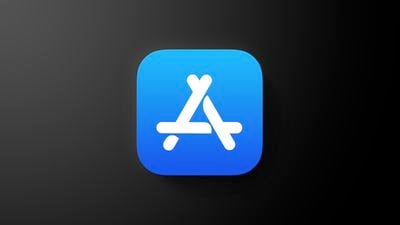
 Note: MacRumors is an affiliate partner with Amazon. When you click a link and make a purchase, we may receive a small payment, which helps us keep the site running.
Note: MacRumors is an affiliate partner with Amazon. When you click a link and make a purchase, we may receive a small payment, which helps us keep the site running.